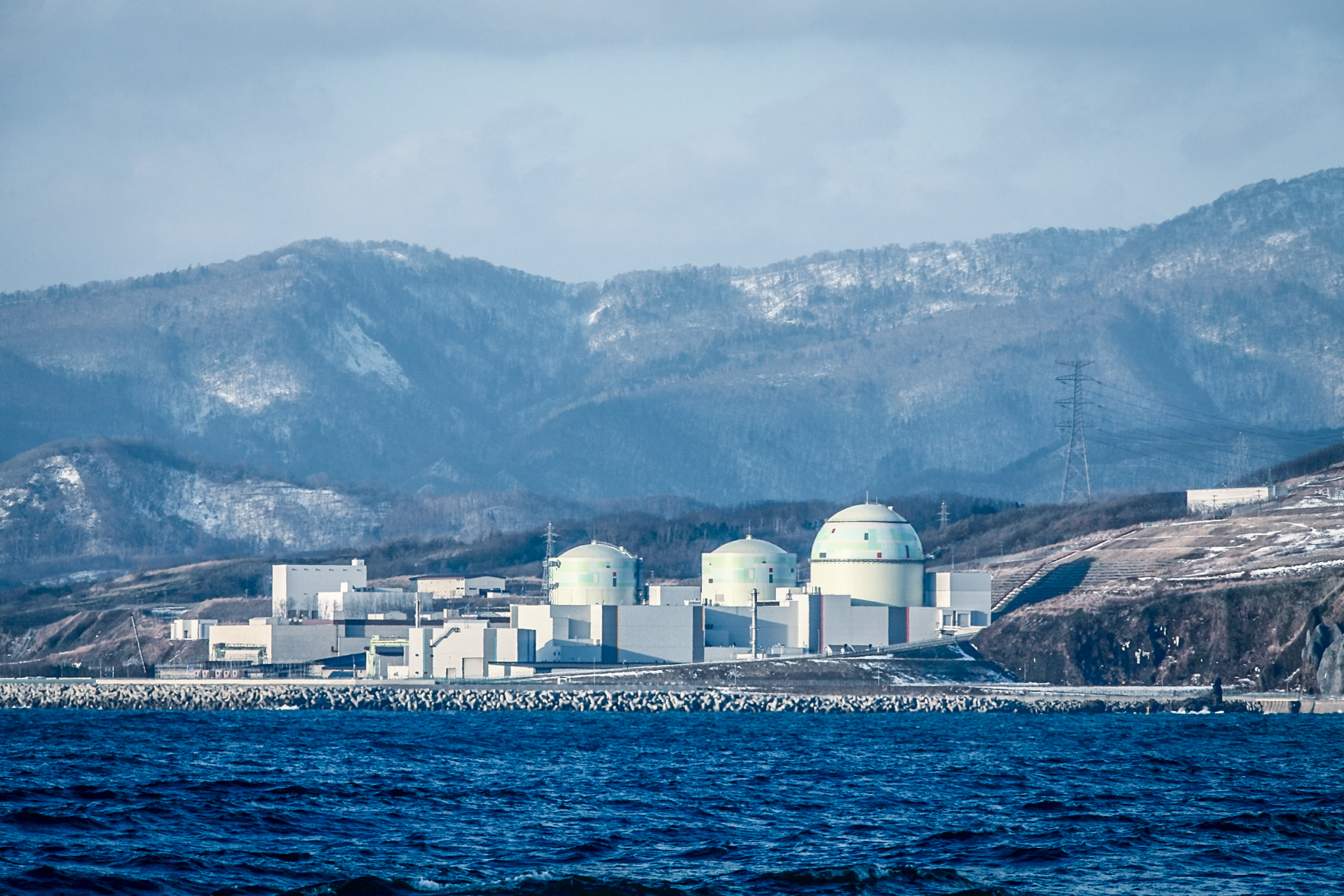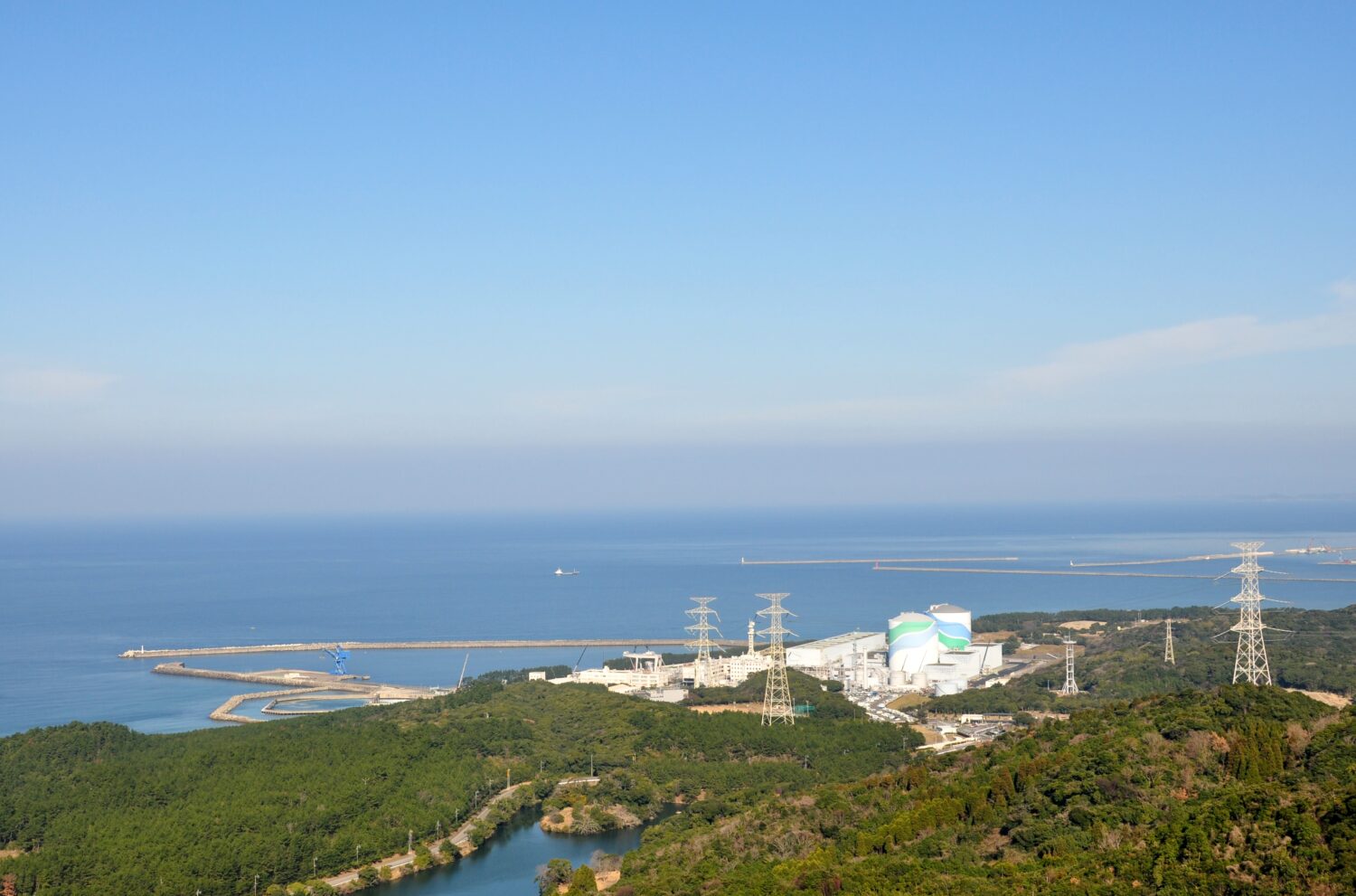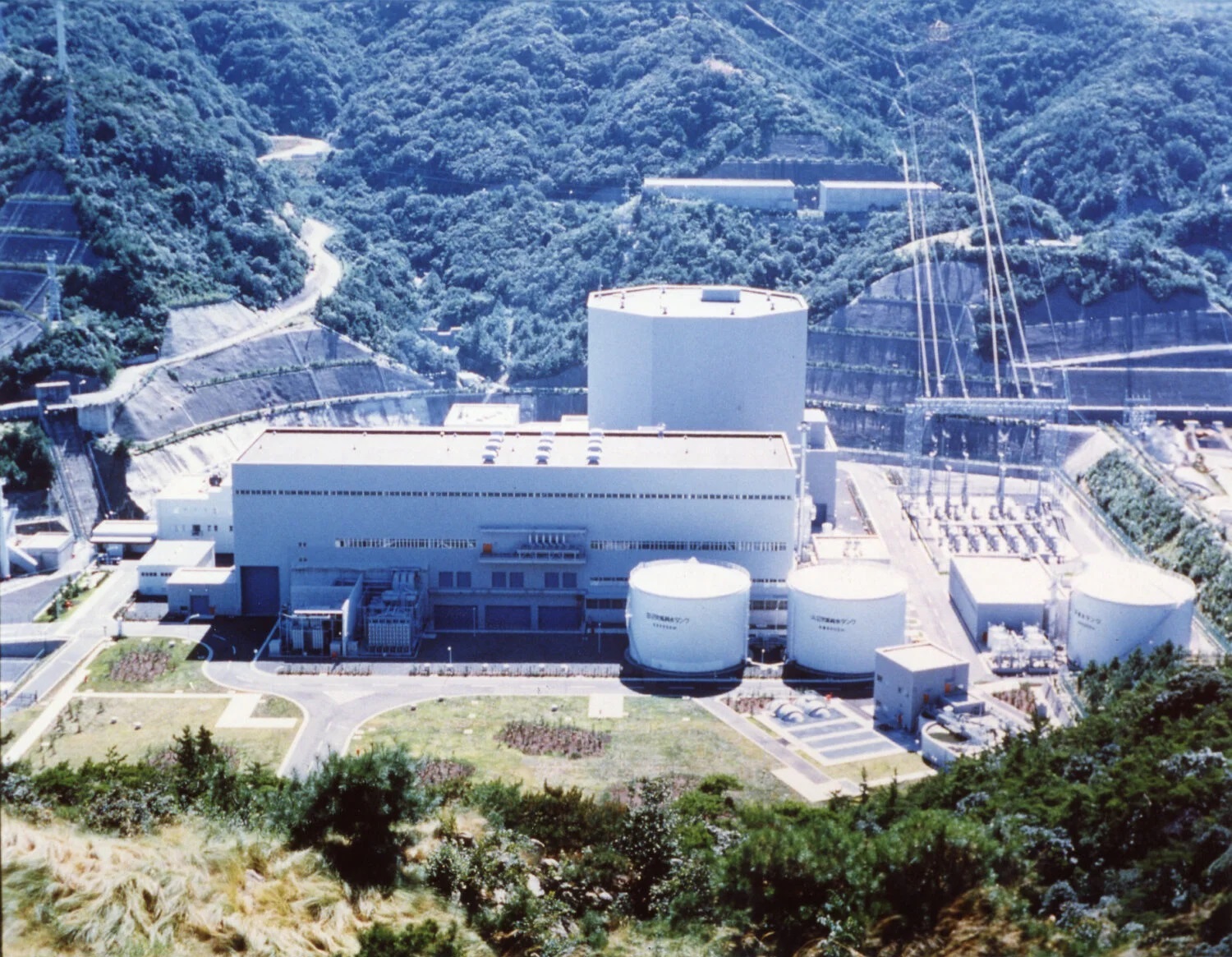Strategic plans had earlier been issued in February 2018 and revised in June 2020, making this the second revision, about three and a half years since the previous one.
To increase the safety of the country’s nuclear power plants (NPPs)―having reflected on the March 2011 accident at Fukushima Daiichi―Japanese nuclear operators have been trying to establish a mechanism for squarely facing risk, and have reinforced activities to respond to external events, such as massive earthquakes and tsunami, that rarely occur but whose effects can be major when they do.
Based on the recognition that “risk can never be zero,” it is important for operators not only to meet regulatory standards but also pursue improvements to safety voluntarily and proactively, as well as to flesh out disaster responses and preparedness on their (the operators’) primary responsibility, which is appropriately quantifying risk and managing it, i.e., risk management.
In February 2018, the nuclear operators first put forward their revised strategic plans and action plans toward use of risk information. The purpose was to introduce RIDM—identifying points to be strengthened by utilizing risk information and taking effective measures in a timely manner—in the plant facilities and their operation, so as to achieve continual risk management at NPPs.
The Nuclear Risk Research Center (NRRC) of Japan was established in 2014 within the Central Research Institute of Electric Power Industry (CRIEPI) as the dedicated entity within that organization engaged in R&D on RIDM. The Senior Seismic Hazard Assessment Committee (SSHAC) for the Ikata-3 NPP (PWR, 890MWe), owned and operated by the Shikoku Electric Power Co., is an example of its work.
In the previous revision to the strategic plans made in June 2020, the nuclear operators described the outcomes and goals toward the introduction of RIDM as follows:
- Phase 1 (2018-20): Provide functions necessary for RIDM and implement the utilization of risk information.
- Phase 2 (2020 onward): Utilize and improve infrastructure for RIDM technologies, continue R&D and apply its outcomes, and expand the scope of the application of the RIDM process.
In the latest revision, they ascertained progress in Phase 2 above and established future activities and goals. One example of efforts being made to utilize and improve technologies was the introduction at the Mihama-3 NPP(PWR, 826MWe),—owned and operated by the Kansai Electric Power Co. (Kansai EP)—of a system to automatically switch to the recirculation of the Emergency Core Cooling System (ECCS) in and after 2025 as an effective means to reduce risk.
One example of industry-wide efforts is the consideration of expanding the scope of the application of online maintenance (OLM) in cooperation with the Atomic Energy Association (ATENA). From now on, discussions on various aspects will be conducted with the regulatory authority, with early application to be made at actual plants. That is expected to not only enhance safety but also improve NPP performance.
At a regular press conference on December 15, 2023, Chairman IKEBE Kazuhiro of the Federation of Electric Power Companies of Japan (FEPC) made the following comments about the use of RIDM: “Via the new process, operators will strive further to improve safety in order to maximize NPP utilization.”


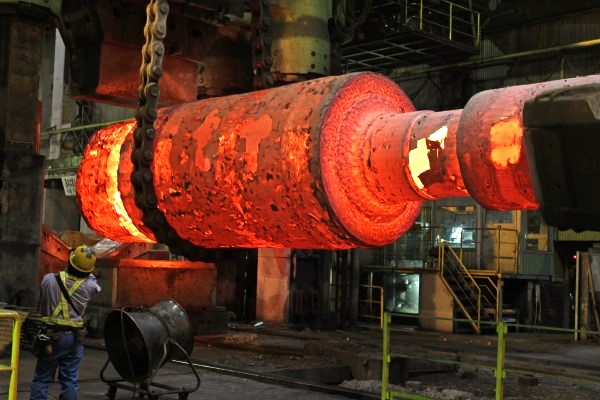








-013.jpg)
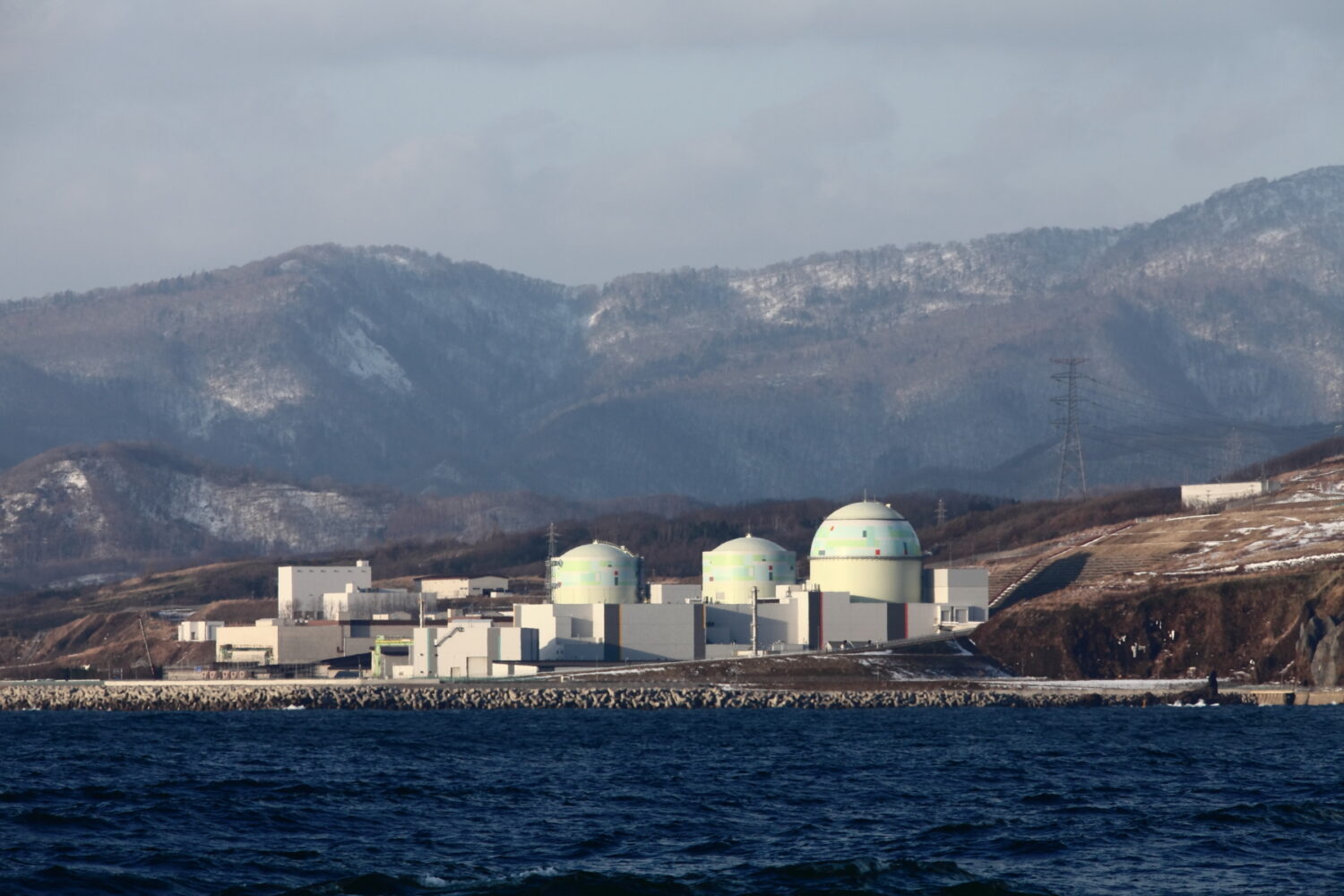
-049.jpg)
.jpg)

